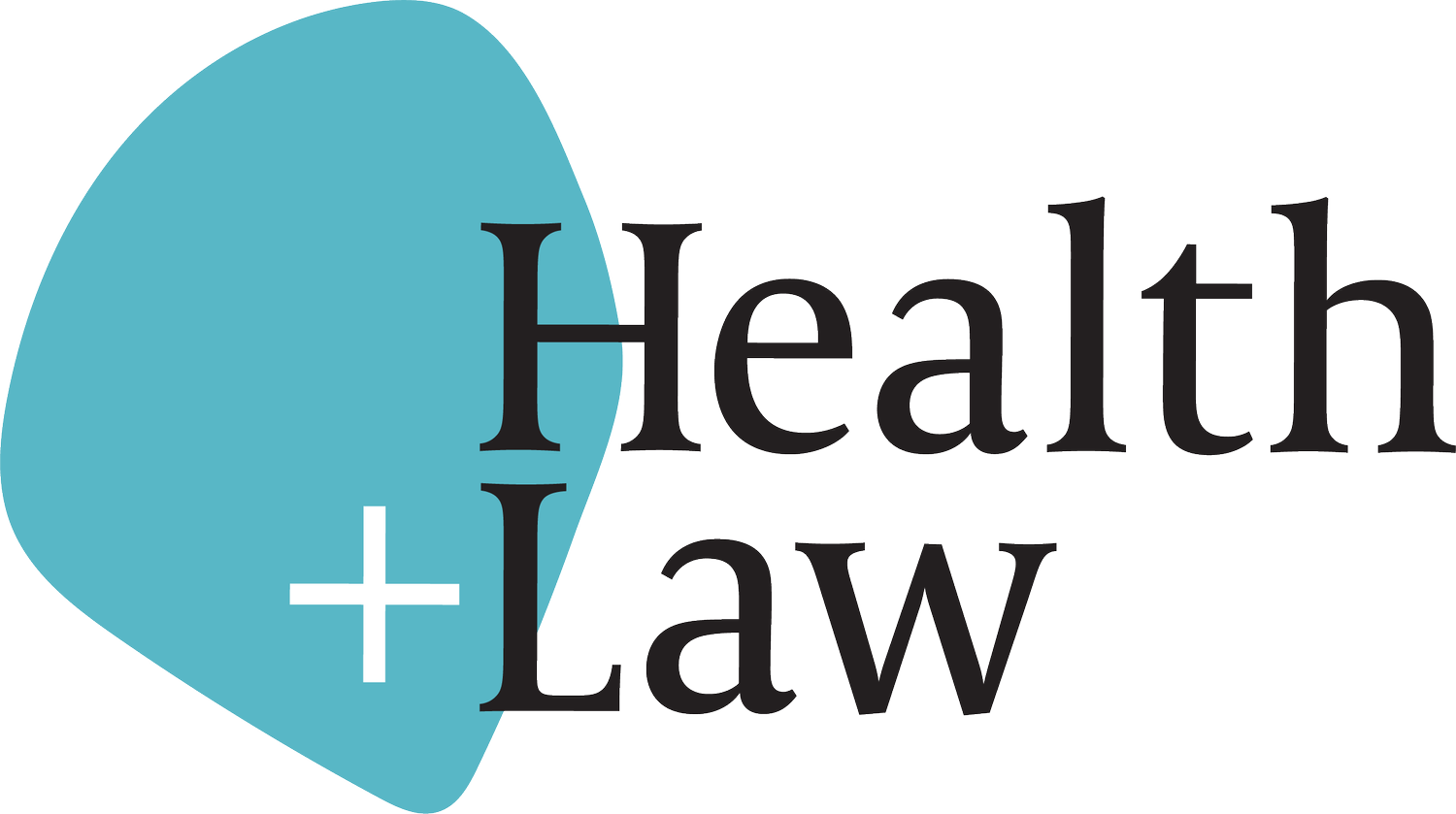What do we mean by an ‘enabling legal environment’?
16 April 2023
At Health+Law, the ‘legal environment’ we are concerned with refers to the laws and regulations that affect the lives of people living with Hepatitis B or HIV in Australia, and their experience of navigating life in that context. These laws might apply directly to them as a result of their condition – Australian laws and regulations related to public health generally and blood-borne viruses (BBVs) specifically. But any law that has an impact on people living with these BBVs is considered part of the legal environment for Hepatitis B or HIV. When we talk about the importance of creating and maintaining an ‘enabling legal environment’ for people living with BBVs in Australia, we mean that our legal, policy and other activities should enable the achievement of individual and public health as well as access to justice and quality of life.
Law has the potential to contribute to positive health outcomes for people living with a blood-borne virus (BBV), but it can also generate injustice and stand as a barrier to health-seeking behaviours and quality of life. Laws that actively discriminate, criminalise, or burden individuals can obstruct appropriate public health responses. This is particularly the case for stigmatised communities and those made vulnerable by attitudes and structures around BBVs, including men who have sex with men, injecting drug users, sex workers, culturally and linguistically diverse communities, and communities without access to subsidised medicines or healthcare.
While law’s influence on disease and injury has more recently come to be referred to as ‘legal epidemiology’, Australia’s concept of an enabling legal environment has been a central and evolving theme throughout successive National Strategies for BBVs and Sexually Transmitted Infections (STIs) since the first HIV/AIDS strategy in 1989. The most recent of these are the Eighth National HIV Strategy 2018–2022 and the Third National Hepatitis B Strategy 2018-2022, and like their predecessors, they identify an enabling legal environment as an essential foundation for success in the prevention and control of communicable diseases.
The problem, however, is that so far none of these National Strategies have defined what exactly would constitute an enabling legal environment for people living with HIV, nor how we might assess the condition of the existing legal environment and monitor progress towards making it truly enabling.
At Health+Law, our perspective is that an enabling legal environment in the context of BBVs would mean that laws that apply to public health:
emphasise a rational, humane, non-coercive and responsive approach to the serious problems posed by BBVs;
are evidence-based, up-to-date, and reflect existing knowledge, practices, and issues in the health sector;
acknowledge and respond to the specific needs of affected communities;
encourage and support behavioural changes leading to positive outcomes for affected communities;
prioritise informing and educating individuals to reduce transmission;
protect the human rights of people living with BBVs and promote universal access to treatment, prevention, care, and support; and
enable legal and health professionals to proactively target discrimination and demand accountability from service providers.
To achieve these aims, we need a much clearer picture of the legal and regulatory barriers that currently exist, the experience of navigating them, and how those barriers influence health-seeking behaviours. To then maintain the enabling legal environment, systems must be in place to monitor and report on its success in reducing the incidence and prevalence of BBVs & STIs.
Fortunately, we can look to international examples to guide us in ways to test how enabling – or disabling – our legal environment is at present.
The American Bar Association developed the HIV/AIDS Legal Assessment Tool (LAT) with the guiding principle of eliminating discrimination due to HIV/AIDS, and to protect human rights. The purpose of the LAT is to provide guidance to lawyers and organisations to conduct assessments of the legal rights of people living with HIV. The analytical framework provides a concise commentary on applicable international legal standards, presents illustrative examples of compliance and non-compliance, incorporates case studies, and offers flexible guidance on how to undertake these enquiries.
The United Nations Development Program created a Legal Environment Assessment for HIV (LEA) to support national efforts to review laws, policies and practices pertaining to HIV. The LEA process involves extensive consultations with key stakeholders, particularly people living with and affected by HIV, to determine whether a national response to HIV promotes an enabling legal environment and protects human rights.


